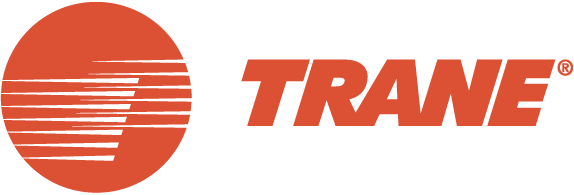2025 MHCEA Spring SymposiumMay 6, 2025
Join us for a half day educational and networking event for professionals who design, build, maintain, and operate hospitals, nursing homes, and other healthcare facilities in the state of Minnesota for the 2025 Spring Symposium. AgendaAll session will be located in the Bunker Hills Event Center, Ballroom.
Attendee Registration InformationRegistration RatesRegular Member: $25 Sponsorships Opportunities
|
 |
 |
 |
Speaker Information
Continuous Compliance in Healthcare Facilities – A Barrier Management Approach
Malcom Sparling - Strategic Account Manager – Healthcare MW, STI Firestop
Malcolm Sparling specializes in firestop compliance for existing healthcare facilities and healthcare construction, ensuring adherence to stringent regulatory requirements. With over 25 years of expertise in healthcare construction, barrier management and firestopping, he understands the unique challenges healthcare facilities face in maintaining compliance while balancing financial responsibility.
Malcolm collaborates closely with healthcare architects, contractors, and facility owners to design and implement firestopping systems that enhance patient safety, mitigate risk, and meet both local and national regulatory standards. His approach not only reinforces the critical role of firestopping in the life safety process but challenges conventional thinking in the construction of hospitals and clinics through the lens of continuous compliance for the life cycle of the facility. Malcolm also educates industry professionals on achieving compliance through innovative products and technology and has recently developed a hands-on training for firestop installers and facility personnel, that provides the knowledge base that firestop is not just another material used in construction but part of patient safety and the preservation of property. responsibility.
By integrating cutting-edge firestop solutions into healthcare construction and facility management, Malcolm helps drive the industry's evolution—ensuring safer, more compliant, and cost-effective outcomes.
Abstract
This session will explore the “Continuous Compliance Process,” a strategic approach to integrating life safety and compliance into healthcare facility projects. The concept is built around achieving a Continuous Compliance Metric through four core pillars:
- Define Compliance Objectives – Establish clear compliance goals early in the project, incorporating input from Facilities, Life Safety, PD&C, and IT teams.
- Design with Intent – Move beyond basic code requirements by selecting compliant products, developing clear specifications, and integrating digital UL system drawings into the design.
- Construct with Purpose – Utilize modern tools like BIM and PCRA to align all stakeholders. Emphasis will be placed on training, early installation reviews, and IT system coordination.
- Maintain with Confidence – Ensure smooth transitions from construction to operations with proper staff training, digital barrier management tools, and BMP (Barrier Management Program) implementation.
The presentation includes insights into traditional vs. ideal compliance engagement timing, firestopping principles, and digital tools for long-term compliance management.
Designed for both new construction and existing facilities, this session supports ongoing compliance success through intentional design, coordinated execution, and digital innovation.
Refrigerant Update – The Next Transition is Underway
Steve Kujak - Director of Next Generation Refrigerants Research , Trane Technologies
Steve Kujak is the director of Next Generation Refrigerants Research for Trane Technologies (divisions include Trane and ThermoKing). Over the past 30 years, he has been involved in technology development of new refrigerants, lubricants and HVACR system design. Steve has been an author or co-author on 50+ publications related to refrigerants and has 30+ patents related to HVAC products.
Steve is a distinguish service member of ASHRAE and is involved in numerous refrigerant safety and use standards used globally by the HVACR industry. He is a member and past chair of ASHRAE Standard 34 “Designation & Safety Classification of Refrigerants” and the Chair of the Refrigeration Committee Technology Committee for Comfort, Process, and the Cold Chain (REF-CPCC).
Steve lives with his wife Annette on the Mississippi River in Brownsville, Minnesota where they both enjoy the beauty the drift-less region provides. Steve holds Bachelor of Science in Chemistry from the University of Wisconsin-La Crosse.
Abstract
The orderly transition from CFCs to HCFCs and HFCs achieved a balance between the societal environmental demands for reduced ozone depletion while continuing to improve the standard of living in developing countries and minimize the societal safety (nonflammable refrigerants) impacts for everyone. The next transition underway is driven by additional societal environmental demands to reduce the global warming impacts of HFCs.
Today designers are being asked to consider new lower direct GWP unsaturated hydrofluorocarbons (HFOs) refrigerants, some of which are slightly flammable under certain conditions. After viewing the presentation, attendees will be able to:
- Summarize the drivers behind the new regulations and legislation for HVAC refrigerants.
- Discuss the actions being taken both globally (via the Kigali Amendment to the Montreal Protocol) and domestically (via the U.S. EPA and Climate Alliance States)
- Discuss the HVAC refrigerants choices.
- Explain Safety requirement for A2L refrigerants
- Draw implications for action

